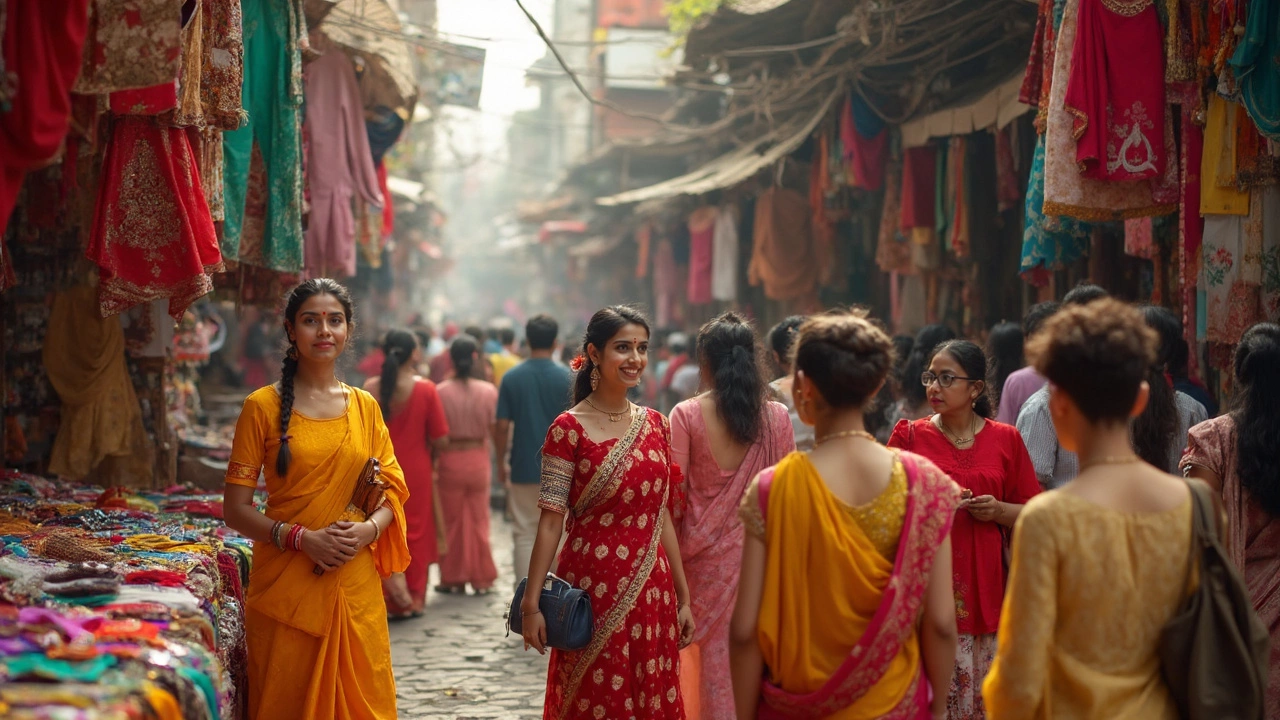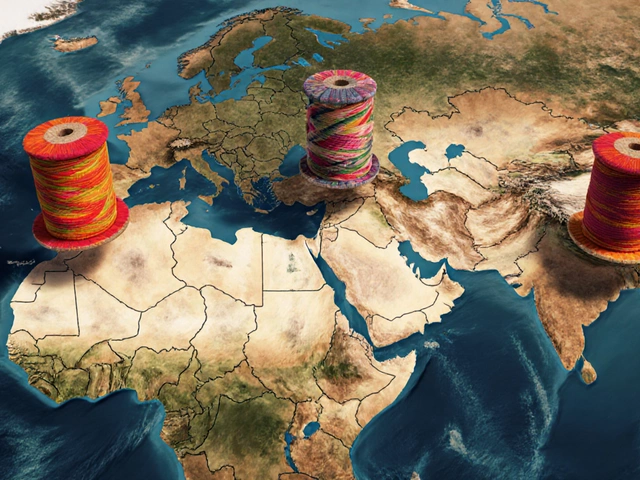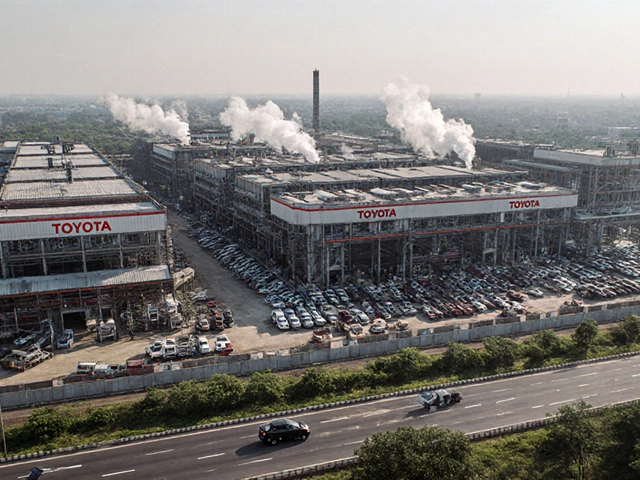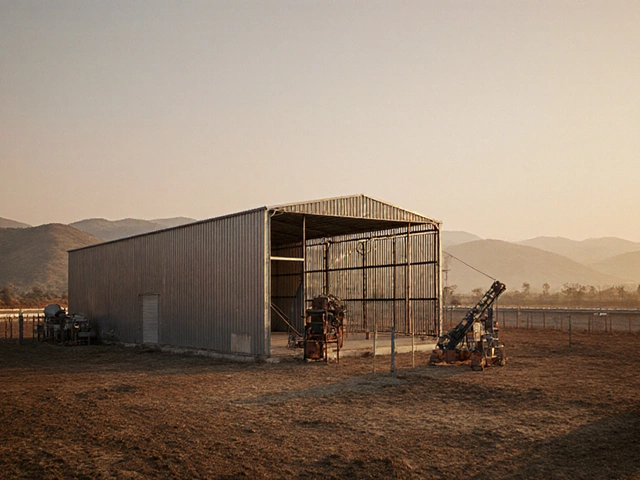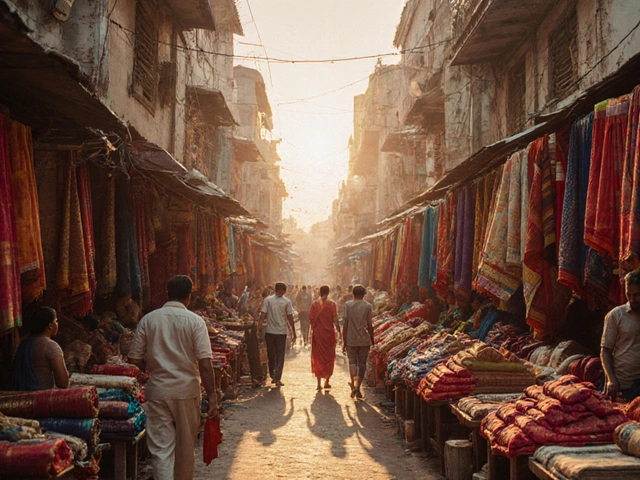Indian Clothes Demand: What’s Driving the Market?
Ever wonder why you see more people in traditional wear on the streets, in malls, and online? The answer is simple – Indian clothes demand is on a real upswing. From festivals to everyday work‑wear, more buyers are looking for fabrics that blend comfort, style, and heritage. That shift isn’t just a fad; it’s backed by numbers, new income levels, and a love for local brands.
Key Drivers Behind the Surge
First up, disposable income. As wages rise in tier‑2 and tier‑3 cities, shoppers have extra cash to spend on outfits that feel personal. They’re no longer stuck with cheap imports; they want designs that tell a story. Second, the digital push. E‑commerce platforms now showcase regional weaves, making it easy for anyone with a phone to order a hand‑loom kurti or a silk saree. Social media also plays a huge role – influencers post “outfit of the day” videos and suddenly a small village brand gets nationwide buzz.
Third, the sustainability buzz. More buyers care about where their clothes come from and how they’re made. Hand‑loom and organic cotton pieces get extra points because they’re seen as eco‑friendly. Finally, government schemes like the “Make in India” push for local production, cutting costs and encouraging startups to set up small factories. All these factors combine to push demand up fast.
Where the Opportunities Lie
If you’re thinking about entering the market, look at gaps rather than the crowded spots. Custom sizing apps, for example, let customers order a perfect fit without leaving home – a service still rare in many regions. Another hot area is affordable premium lines: mid‑range prices that feel luxurious but stay within a realistic budget. Brands that mix modern cuts with traditional fabrics are winning the hearts of young professionals.
Don’t forget the export angle. Many overseas Indian communities crave authentic attire for weddings and festivals. Setting up a small export‑ready unit can tap into that niche without heavy competition. Also, consider collaborations with local artisans. A partnership that gives them design input while you handle marketing can create a win‑win story and boost brand authenticity.
Lastly, keep an eye on tech. QR codes on tags that show the weaver’s story, or AR features that let shoppers see how a garment looks on them, are becoming low‑cost ways to stand out. The key is to blend tradition with convenience – that’s what today's buyers expect.
Bottom line: Indian clothes demand isn’t just higher sales; it’s a shift in how people think about fashion. Income growth, digital reach, sustainability concern, and supportive policies are all pulling the market forward. If you can match those trends with a clear value proposition – be it fit, price, story, or tech – the opportunities are huge. Start small, stay authentic, and watch the demand turn into steady growth.
Discovering the Country with the Highest Demand for Indian Clothes
The demand for Indian clothes is soaring worldwide, with traditional garments attracting attention from diverse cultures. Exploring which country tops the charts reveals intriguing insights into global fashion trends and economic connections. Understanding key markets and consumer preferences can benefit Indian textile manufacturers looking to expand their reach. This article delves into data and cultural influences driving the demand for Indian apparel.
Read More